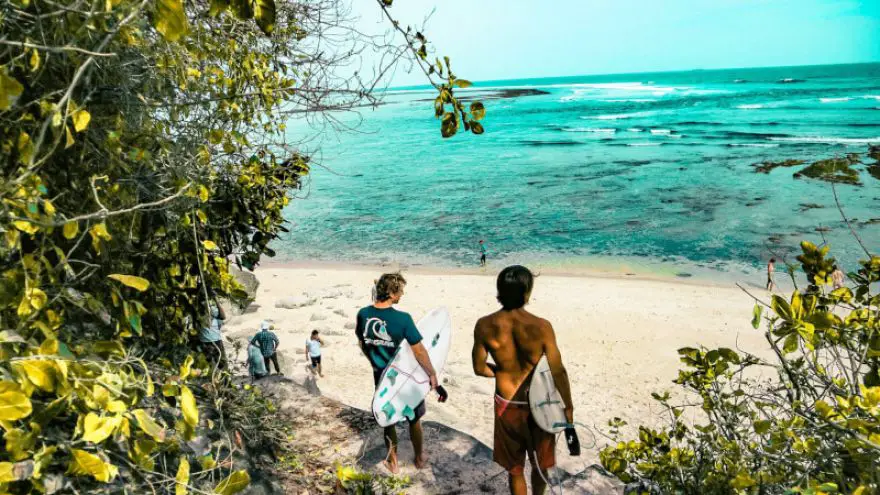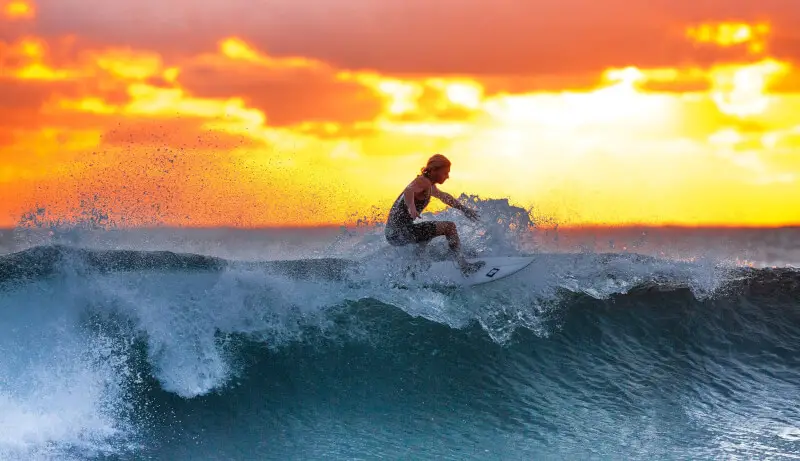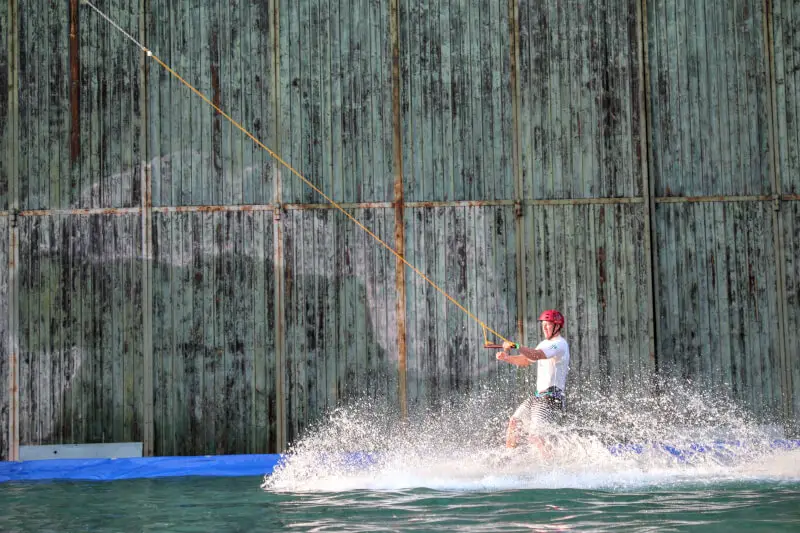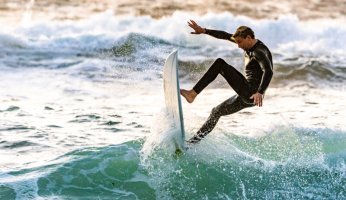The Different Styles of Surfing
 The Different Styles of Surfing
gearweare.net
The Different Styles of Surfing
gearweare.net
Like many athletic endeavors, the more you learn about surfing, the more complicated you will realize it is. No matter how one is surfing the basic principles remain the same – this sport is all about catching waves and riding them for as long as possible. However, the size of a wave, the ways, and consistency with which it breaks, and the maneuvers that a surfer wants to do as they ride it out all determine what style of board and technique will be used.
Below some basic methods of surfing are outlined. These methods each have a type of board that will work best. Many also have certain types of waves which will be most conducive to that type of surfing, with some types of surfing actually being dictated by the type of wave. All of this will be outlined in the description of each surfing method.
Beginner Surfing
Not so much a method as a learning curve, beginner surfing has been included on this list because specific gear should be used and only certain waves should be ridden during the process of learning how to surf. Larger surfboards, called longboards, are the most appropriate for beginners and are what you will be given if you take a lesson. This is because longboards are easier to paddle and more stable in the water, making waves easier to catch on this type of board.
In terms of the waves that a beginner should be riding, look for beach breaks which occur on sandy shorelines that also have sandy bottoms. These beaches are safer for beginners because sometimes a wave might catch a surfer and push them under the water. This is especially true when one is learning, so start out by picking a beach with minimal or no hazardous objects lurking under the water. Furthermore, beginners need to ease into this sport, so start out on some mellow breaks that aren’t too tall or too fast. This will make paddling into the wave much easier. Once you get the hang of consistently catching and standing within a wave you can start to level up the terrain you explore.
For beginners, taking a lesson is always a good idea. Professional surf instructors will be able to give you pointers on a technique that your buddy might miss. Furthermore, they will make sure that you are learning on the right board and on the right surf.
Longboard Surfing
Longboards, which are typically about 9’ in length, are not just for beginners though. Many surfers choose this type of board because of their high buoyancy, which adds stability and makes it easier to balance once standing. This allows surfers to move more easily across their board. Furthermore, this extra balance allows for certain tricks that can only be done on a longboard. These include the “hang-five” where the surfer moves to the front on the board and hangs the toes of one foot over the nose, the “hang-ten” which involves the same principle except that all ten toes are placed over the edge, and the “hang heels” where the surfer turns around to hang their heels over the nose instead.

Shortboard Surfing
Catching waves, standing up, and staying balanced are all decidedly more difficult on a shortboard. However, for the experienced surfer, none of these things should be a problem and are worth how much more versatility and maneuverability one has when they are riding a shortboard. These are therefore the preferred boards for surfers are interested in doing tricks that move them up and down across a wave. These boards, which are 5.5’ to 6.5’ feet in length, allow for tricky movement such as airs, of the lips, floaters, and barrels as well as difficult turns such as cutbacks. This is the preferred style of surfing by most who are experienced in the sport, and the more you surf the more you’ll notice that almost everyone these days is on a shortboard.
A Quick Note on Terrain for Longboards and Shortboards
What terrain one uses a longboard or a shortboard for doesn’t really matter that much. Instead, this is a preference issue that depends on the style one prefers when surfing.
Big Wave Surfing
The name of this style of surfing leaves nothing to the imagination. When most surfers glide atop waves that range from about 9’ to 20’ feet in height, big wave surfing is about tackling the waves that are even larger than that. The people at the top of the big wave surfing game may even ride waves taller than 80 feet!
Waves of this massive size can only be found at sea, and there are different ways these waves can break. They often occur above deep water breaks, and surfing down the side of one of these may feel like sliding down the side of a mountain. When big wave surfing a very specific style of board, known as a gun, is used. Guns range from 7’ to 12’ feet in length and are designed with a shape meant to be easy to paddle and for quickly entering a wave so that the surfer can maintain the speed and control they need to navigate a wave this large.
Although a tradition of entering big waves persists, many surfers are now towed by boat into these waves which allows them to gain the speed they need more easily. However one enters a wave though, big wave surfing is no joke and it only something that should be attempted by experts in this sport.

Wake Surfing
Wake surfing is a relatively new way to find waves that involve surfing the wake behind a boat. There are a few reasons why this style of surfing is so appealing. Firstly, it allows people to surf on otherwise flat water. Wake surfing can be done in lakes and even pools where no waves would normally exist. Furthermore, wake surfing provides surfers with a constant wave that may go on for an indiscriminate amount of time. For this reason, you may actually see people wake surfing off beaches where natural waves do also exist.












